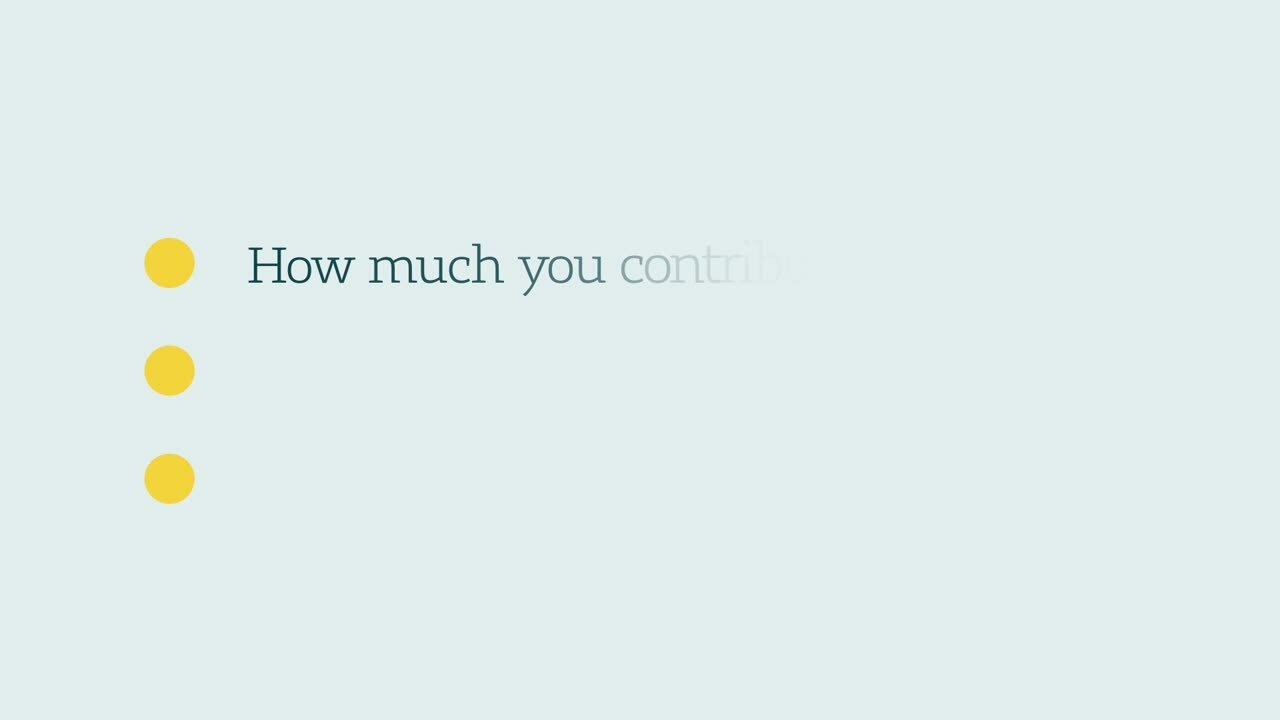Simply put, if your employer offers an employee pension plan to help you save for your retirement, it’s likely one of two main types of pension plans:
- A defined benefit plan, or
- A defined contribution plan.
What is a defined benefit pension plan?
A defined benefit pension plan provides retirement income based on a formula that includes your:
- years of service with your employer,
- salary, and
- age at retirement.
How does a defined benefit pension plan work?
Defined benefit pension plans pool the contributions from both you and your employer in a pension fund. Then, your employer invests the pension fund.
Your employer is responsible for paying your retirement income from the plan.
What is a defined contribution pension plan?
Defined contribution pension plans provide retirement income based on the savings you have in the plan. There’s no set income level that will be paid. The amount of retirement income you get depends on:
- how much you contribute to the plan
- how much your employer contributes, and
- how that money grows over time.
How does a defined contribution pension plan work?
With a defined contribution pension plan, you and your employer pay a defined amount into the plan each year. Companies have mandatory employer contributions, and most have an optional employee component. In most cases, you control how you invest your money. You can usually select investments based on your own risk tolerance and goals. The investment performance determines what your retirement income will be.
What are the benefits of workplace pension plans?
There are many benefits to contributing to your company pension plan. Here’s a breakdown of a few:
1. It’s like getting free money. There’s a requirement for employers to contribute to the employee pension plans when they set them up. And, some employers have a matching program. Choosing not to join, or contribute to, your workplace pension plan is like saying no to free money.
2. Your contributions are tax-deductible. This means you pay less income tax now. And, contribution and investment earnings are tax-deferred until you withdraw them.
3. An employee pension plan is a great way to supplement other forms of retirement savings like:
- Canada Pension Plan or Quebec Pension Plan,
- Old Age Security and
- personal RRSPs or TFSAs.
Need help understanding your retirement savings options?
Understanding what your employee pension plan offers can help you make the most of your retirement savings options. Or, if you don’t have a company pension plan, you can create your own retirement savings plan. Whatever the case, a Sun Life advisor can help.
- Most advisors now meet with Clients virtually. Find an advisor now.
Watch more from the Simply Put video series:
- Should you consolidate your savings?
- What is asset allocation?
- What is an RRSP?
- What is a TFSA?
- What is long term care insurance?
- What is critical illness insurance?
Read more:




